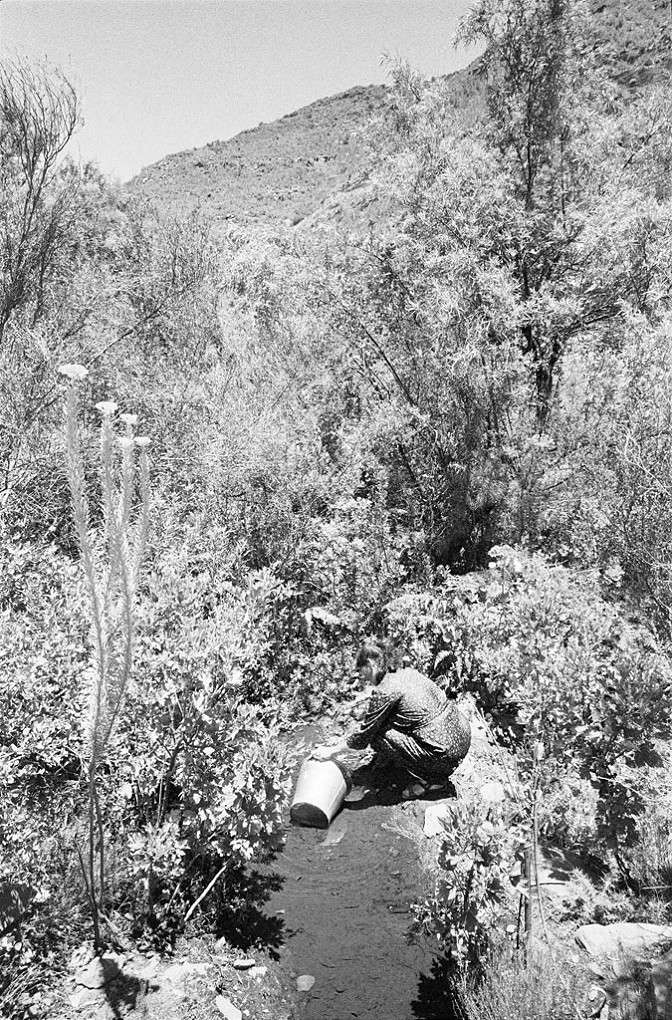While concluding the “Seeing through photography” class presented by MOMA we had to select our favorite week during the course and say why using their material or my own. I decided to use a portion of David Goldblatts work in The Afrikaner. I thought it wise to share with you.
David Goldblatt’s background, as a descendant of Lithuanian Jews who had to flee their country due to racist hate and marginalization, made him a perfect observer of the South Africa of his time. He always saw all people as they are and never wanted to choose sides in the political, economic and class agendas. He said he wasn’t a “Joiner”. He died in June this year, keeping true to his dream for his beloved South Africa.
I needed to set the scene, as the following photographs are from David Goldblatt’s series which he published called “Some Afrikaners photographed”. One may skew his intention by applying a political context on what you will see. He did similar wonderful published works on other communities within South Africa.
I have selected the photographs in that series that have a special meaning to me. In October 1978, while doing my officer training, we hiked into a secluded valley known to the inhabitants as Gamkaskloof. https://www.geni.com/projects/Families-of-Gamkaskloof-aka-Die-Hel/23899 and http://www.diehel.com/history.
While passing through, we met one of the last original “Kloofers” and signed his guest book.

Half of the valley has no water and is split by a river that passes through the center of the valley. The eastern part of the valley has little water and is probably why outsiders called it “The Hell”. However, as you cross the river towards the west, the vegetation changes due to this freshwater stream running from west to east.
This part of the valley, Which I named “paradise”, is where most of the residents lived.. Walking through this botanical splendor has become the most beautiful and memorable experience I had in my life.

Note that the dress Katrina wears is not reminiscent of the 60s, More from the pre-first world war times. Most Afrikaner woman never wore pants in those years and they grew their hair long. These were simple people. They struggled on their own. No indoor plumbing. For me, David captured the essence of this.

In Afrikaner culture the dining room and kitchen is the center of family and religious life. Although isolated from the outside world they have a Photograph of Dr. Hendrik Verwoerd on their wall, one of the founders of the Republic of South Africa. He was also the first Prime minister, who is today infamously known as the father of “Grand Apartheid: Dr. Verwoerd was well loved by most Afrikaners and, surprising to some, a large group of Africans. Dr. Hendrik Verwoerd was assassinated on the 6th September 1966 for non-political reasons, more than a year before this photograph was taken by David. A loss to the Afrikaner, much in the same way the Americans losing President Kennedy or even Abraham Lincoln.
The tidiness and flowers within this simplicity is endearing and take me back to my grandparents. The Calendar is of a restaurant has a picture of a the quintessential 60’s woman and contrast with the previous picture and may be indicative of the aspirations of the wife, Katrina.

I love the way David could get the people so at ease. He was an outsider. However, It may be indicative of the hospitality for which the Afrikaners was well known for at that time.
I grew up bare foot too. Shoes, if you had any, was only worn on special occasions.
Even if David did not want to take sides in the political debate, the acceptance of his work was received differently by the various communities.
My essay clearly indicates how my context influenced my interpretation of the photographs.

Those promoting Afrikaner idealism, trying to escape their past, saw this as an attack on the dignity of the Afrikaner. Those Afrikaners, that came from rural backgrounds relate to these photographs. This essay does not take into consideration how English South Africans and Africans view these photographs. There is a universality here. We all have ancestors that share a similar struggle to tame a rugged land. Simple lives in simple houses. In this way, the issues of the photographer’s view, the ability of a photograph to tell the whole story, is tested in the same way as Robert Frank’s “The Americans”.
If the photographs are viewed out of context or from a different point of view, the above photos may be interpreted completely differently.
David had to publish his own books and add his own comments to ensure that the work had integrity, with limited influence of publishers. As a South African and Afrikaner, I appreciate his full body of work and wish that I can follow in his footsteps to photograph the unfolding future of the human side of all the Peoples of South Africa.
References
David Goldblatt’s Biography is available at https://www.sahistory.org.za/people/David-Goldblatt All photographs used in this discussion was taken by David Goldblatt and have been obtained from http://www.goodman-gallery.com/artists/davidgoldblatt for educational purposes and may not be re-used without the written permission of the gallery.